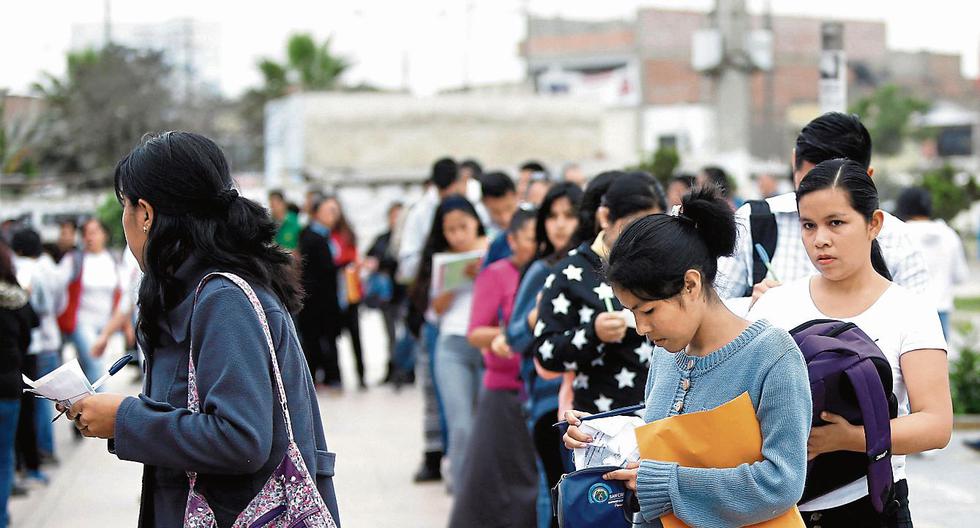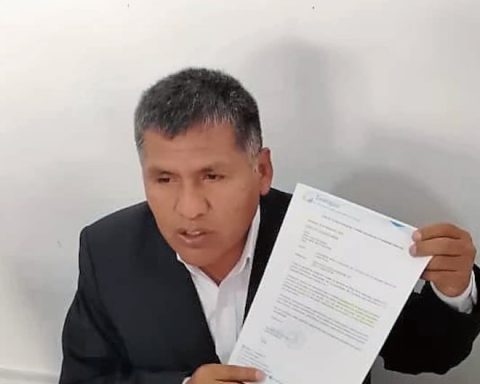In his last message of July 28, President peter castle highlighted that employment has recovered from the crisis and that it reached levels prior to the pandemicbut one detail escaped him and that is that the income still does not reach the results of 2019 and, for example, some figures that we provide below.
According to data from National Institute of Statistics and Informatics (INEI), in the second quarter of 2019, revenues on average amounted to S/1,701.8, while in the same period from 2022 are S/1,667.2; that is, it registers a fall of 2%.
For the manager of the Peruvian Institute of Economy (IPE), Diego Macerathe recovery is not on the right track when it comes to informal and independent workers.
“Although income linked to the formal sector is already at levels even higher than it was before the pandemic, from the informal and self-employed, which are three out of four workers, they are still 12% to 13% below what they were. had before the pandemic in real terms”, he commented.
He considered that it would be difficult for there to be a recovery because there needs to be more private investment and, in the case of the IPE, they expect a 5% drop. In addition, he explained that there is less confidence that is also influenced by measures such as the approach of Agenda 19, or changes in labor matters that do not promote the creation of quality employment.
“This makes formal hiring more expensive, more rigid, less easy, and often with the aim of benefiting the few workers who already have a dependent formal job or who are unionized”held.
gender gap
Another problem that is still present is the gender pay gap that exists in the country. Only in Metropolitan Lima, in the second quarter, while the average income of men was S/1,917.8, that of women amounted to S/1,358.5.
The director of the Forge Foundation in Peru, Colombia and Ecuador, María José Gómez, explained that in rural areas the gap is 45%, although in women over 55 in those places it reaches 60%.
“When one analyzes who finishes high school, university, more women finish, but we only have 10% of women in management“, he pointed.
He considered that although the figures for Peru are similar to those of other countries in the region, one difference that exists is the high rate of informality in Peruvian territory.
Meanwhile, the CEO of Genderlab, Marlene Molero Suárez, recalled that in 2017 Law No. 30709 was published, which prohibits remunerative discrimination between men and women.
In the same way, he considered it a mistake to withdraw the gender approach from education, because that influences the gap not to be reduced.
“An education with a gender approach counteracts stereotypes”, he commented and added that one should aim for careers related to science and technology, which are better paid.
Data
- The average monthly income in Metropolitan Lima in the second quarter amounted to S/1,063.1 for people with primary education and S/2,641.4 for those with higher education.
- For those with secondary education, the figure was S/1,316.6.


















